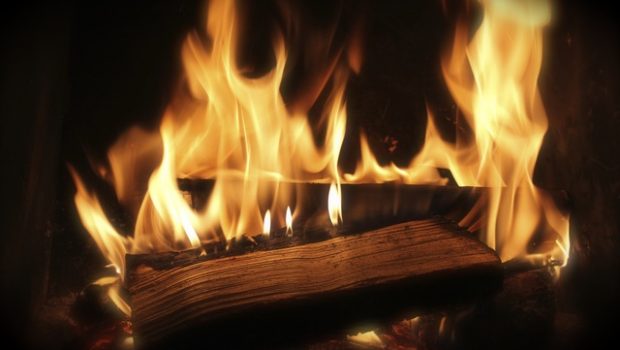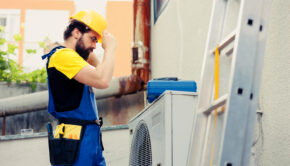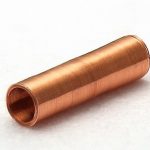What You Need to Know before Installing a New HVAC System
According to the U.S. Department of Energy, modern conventional heating systems can achieve efficiencies as high as 97 percent, converting nearly all the fuel to useful heat for your home. Thanks to technological advances in recent years, HVAC (heating, ventilation and air conditioning) systems today provide many options than were previously available, such as various stages of heating or cooling, as well as multiple fan speeds.
Before you move into a new home, it is important to decide which type of HVAC system is best suited to your home. It is explained well by Chicago hvac company. Every heating system has four elements in common:
- Burners to burn fuel
- Heat exchangers
- Blower to move air
- An exhaust flue
Points to Consider When Installing a New HVAC
Before you rush to buy the newest Springville heating and cooling system recommended by a salesman, it will be helpful to keep the following points in mind because every home is different and what works for one may not necessarily work for another. Choose a HVAC system from Performance Based Heating and Air- Jacob Klein that fits all your individual needs.
- Split System: In this type of a heating system, the furnace will be located at a distance from the air conditioner. For example, the furnace can be in the basement or the garage. These types of systems are more efficient because the heat exchanger can be put in the shade on a concrete platform and away from full sunlight on the roof.
Installing such a system requires cleaning up the heat exchangers regularly as they can pick up debris easily. It also requires potential modifications being made to the house for the necessary lines to be run properly. - Roof-Mounted: This is when an HVAC system is kept on the roof with the heating and cooling systems kept in one cabinet. It should be noted that this type of HVAC system is harder to install and a sturdy location for the system must be found, one that can support the weight of the HVAC unit.
A platform needs to be built along with a drain pipe for the unit which will run along the roof to keep any mould-related problems at bay. The outdoor unit should never be placed somewhere it can be seen or heard, for example, next to a bedroom window, or on the edge of the room.
Another point to keep in mind is the location of the indoor unit. If no special precautions are taken, an attic-mounted furnace can potentially leak, causing ceiling damage. These units require a secondary condensate pan and drain line to avoid leakage. - Size: When it comes to HVAC systems, a larger one is not always the better one for your home. Small HVAC systems are not necessarily going to be more efficient, and in fact the opposite may be true. This is because a system that is too small for your home must be running constantly to keep the temperature at a steady level. On the other hand, a system that is too large will not run long enough to keep the humidity at bay. In order to balance out both the humidity and the temperature, the ideal time for an HVAC system to run is approximately 30 minutes.
- Ductwork: When installing a new HVAC keep in mind that if the ducts are not sized and measured correctly, your house will not be properly insulated and highly energy-inefficient. The best option is to get externally insulated round ducts and steer clear of flexible ducts. A heat flow meter can see how energy-efficient your heating system really is.
- Efficiency: After January 2006, a minimum efficiency level for new air conditioners has been 13-SEER (as opposed to 10 SEER in 2005). The higher the SEER number, the more efficient your HVAC is, and the lower your utility bill. Some highly efficient air conditioners with up to 20-SEER points can cost half as much as a standard efficiency one.
- Radiant Floors: Also known as hydronic heating, this type of heating system uses piping below the flooring of your home. This involves flexible tubes which are filled with either water or a glycol solution to heat the floor. This heating system also requires either a boiler or a heat pump. This method of heating is more efficient when used with concrete floors as it retains heat which is released slowly. It can however, also be used with wooden floors.
- Filter Dryer: When installing a filter-dryer in an air-conditioner, make sure to remove any moisture or grit which can damage the compressor. Doing this will extend the compressor’s life.
- Air Filter: The location of the air filter is important and it should be easy to reach. The filter needs to be replaced every three or four months and therefore the location must be easy to reach.
Keep these points in mind when you are looking for a new HVAC system for your home. Remember, no two homes are identical and so, the heating system must suit your home’s unique requirements. Keeping note of these points will ensure you pick the best HVAC system for you.










![Poker AI Revolution [Infographic]](https://technofaq.org/wp-content/uploads/2017/11/infographic-ai-poker-150x150.png)





